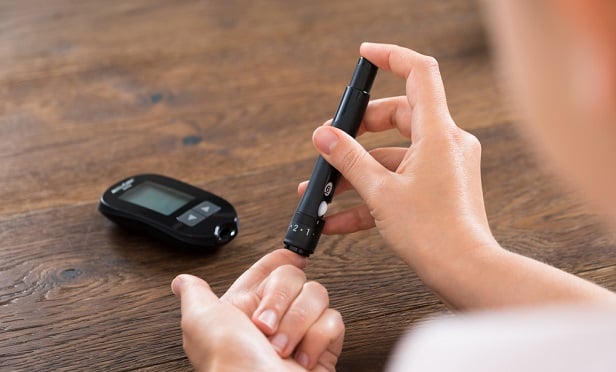
Digital diabetes management tools do not deliver meaningful clinical benefits and increase health care spending, an evaluation by the Peterson Health Technology Institute found.
"When these digital diabetes management tools launched more than a decade ago, they promised to improve health outcomes for people with diabetes and deliver savings to payers," said Caroline Pearson, executive director of the independent organization, which evaluates health care technologies. "Based on the scientific evidence, these solutions have fallen short, and it is time to move toward the next generation of innovation."
Recommended For You
The analysis, conducted by a team of health technology assessment experts and informed by clinical advisors, evaluated eight widely used digital tools that people with Type 2 diabetes use to track and manage blood glucose using a noncontinuous glucometer. The report found that people who use these tools achieve only small reductions in hemoglobin A1c compared to those who do not. These reductions are not sufficient or sustained enough to change the trajectory of their health or long-term prognosis, including cardiovascular risks.
These tools also result in increased overall health care costs, because the minimal clinical benefit does not enable the patient to avoid other care or treatments.
- For patients using tools in the remote patient monitoring category, annual spending is projected to increase by $2,002 for commercial insurance patients; by $1,011 for Medicare patients; and by $723 for Medicaid patients as a result of higher provider payments.
- For patients using tools in the behavior and lifestyle modification category, annual spending is estimated to increase by $484 for commercial insurance patients; by $513 for Medicare patients; and by $574 for Medicaid patients.
- For all payers, the increased spending associated with virtual diabetes solutions has a significant impact on total spending given how many people are eligible to use the solutions, including 4.3% of those with commercial insurance; 17% of those with Medicare; and 4.8% of those with Medicaid.
Read more: Even insured patients spend between $3,300 and $4,500 managing diabetes each year
In the United States, about 1 in 7 adults has Type 2 diabetes, which is the eighth leading cause of death. At more than $400 billion of total health care spending annually, diabetes is the most expensive chronic condition to treat and manage.
"Patients with diabetes invest time, energy and resources in these tools, and they deserve to experience meaningful, positive benefits for their health," Pearson said "The health care sector as a whole needs transparent, accurate information about the clinical and economic impact of these digital tools that are taking up precious health care dollars."
© 2025 ALM Global, LLC, All Rights Reserved. Request academic re-use from www.copyright.com. All other uses, submit a request to [email protected]. For more information visit Asset & Logo Licensing.








